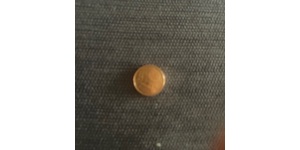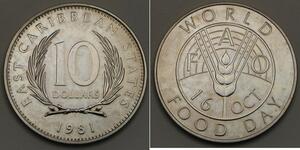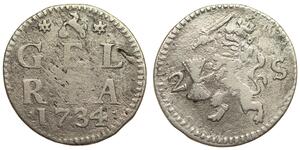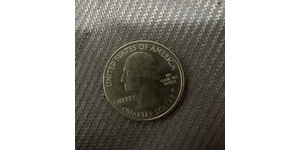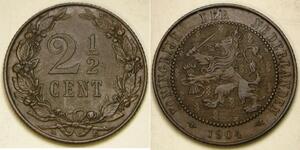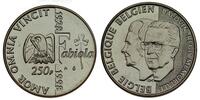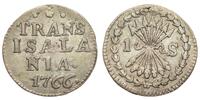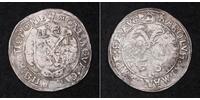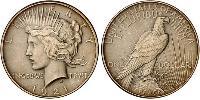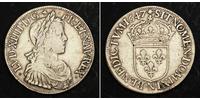2025-06-25 - Live Coin Catalog's improvements / coins uploading
11 coins were uploaded from 2025-06-18 to 2025-06-25
One of them is:
2025-06-20 -
New coins
New coins from
Save seller - sloveniacoins.
One of them is
One of them is
EAST CARIBBEAN STATES 10 Dollars 1981 - Cu-Ni - FAO / World Food Day - UNC -171*
2025-06-20 -
New coins
2025-06-18 - Live Coin Catalog's improvements / coins uploading
536 coins were uploaded from 2025-06-11 to 2025-06-18
One of them is:
2025-06-18 - Live Coin Catalog's improvements / coins grouping
22 coins were grouped from 2025-06-11 to 2025-06-18
One of them is:
2 1/2 Cent Netherlands
group has 18 coins / 14 prices
⇑
NETHERLANDS 2-1/2 Cents 1904 - Copper - Wilhelmina - XF/aUNC - 3791 *
|
The origin of the term “shilling” as a monetary unit dates back to medieval England. The word “shilling” is believed to have derived from the Old English word “scilling,” which means “to divide” or "to separate."In medieval England, the shilling was a unit of currency introduced during the reig ... |
|
The obverse and reverse designs of the Zecchino, the gold coin of Venice, typically featured distinct imagery reflecting the political and religious significance of the Republic of Venice. Here’s a description of each side:Obverse (Front):The obverse side of the Zecchino typically depicted the ... |
|
The first issue of this coin is thought to have been under Roger II of Sicily, who, in 1140, coined ducats bearing the figure of Christ, and the inscription, ‘Sit tibi, Christe, datus, quem tu regis iste ducatus’ (or roughly, “O Christ, let this duchy which you rule be dedicat ... |

